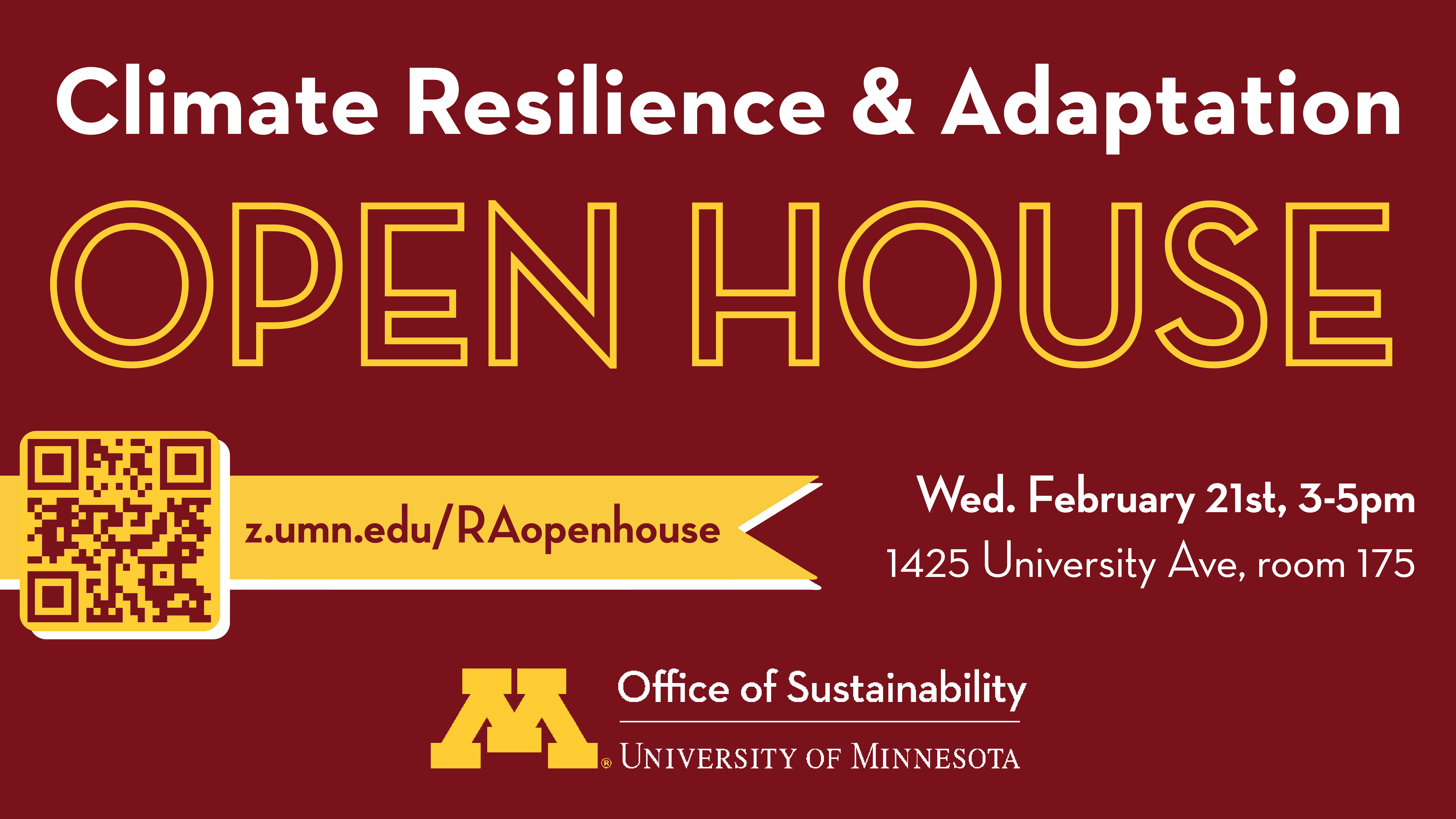Jay Amundson - District Engineering Manager
Energy Management is a behind-the-scenes team at UMN that oversees the reliable, safe and efficient operation of mechanical, electrical and civil utilities systems on campus. They are at the forefront of design, bringing forth efficient use of energy and best practices with the different colleges/departments at the University. The University’s work on energy efficiency allows the institution to use University and state funding responsibly, achieve our sustainability goals, and reduce greenhouse gas emissions. Energy efficiency is the most cost-effective way to reduce greenhouse gas emissions that cause climate change. The end goal of Energy Management is to provide a seamless transition to more efficient use of mechanical, electrical, and civil systems through the many ways they are involved at the University.
The Minnesota legislature deems energy efficiency very important to keep energy costs down, avoid construction of new power plants, and reduce pollution. In order to receive state funding for new and existing buildings, the University must meet energy efficiency standards. Utility companies, like Xcel Energy and Centerpoint, also have established energy efficiency goals that the University is incentivized to reach, offered in the form of a rebate when they reach these energy efficiency metrics. Energy savings are the units of energy the University avoids using by finding ways to be more efficient and instilling sustainable practices. Further, they are the energy the University did not have to purchase and speaks to the responsible use of University funding aspect and contributes towards environmental benefits. This year’s rebate, worth hundreds of thousands of dollars, ultimately goes back into a cycle within the University, allowing us to continue investing in energy reduction and working to reduce our energy use
Energy Management at UMN is a top priority. What is your role at the University?
In the Energy Management department, there are two divisions: Utilities and Facilities Engineering. Utilities deal with energy supply, production, and reliability. As Jay Amundson states “everyday, we deliver electricity, heat, steam, domestic water etc.”. The facilities engineering division, where Jay Amundson works, deals with the demand and building management side of energy. The building energy side consists of the district engineers that take the energy delivered to the building and use it wisely. The building energy group works with an on-staff statistician to report energy savings on a rolling basis and to compare annual energy savings and greenhouse gas emissions goals. These savings are also shared with local utility companies like Xcel and Centerpoint as they also track energy savings for their respective energy sources.
The University tracks savings in B3, a state-run website dedicated to track energy consumption, costs, and carbon emissions in buildings. B3, Buildings Benchmark, and Beyond, displays each building on campus to understand energy use patterns, energy efficiency ratings, and all other data. This information influences which buildings EM focus new projects on to renovate and implement energy conservation projects, to reduce energy consumption. They are always looking for ways to drive energy use down. The B3 tracking website shows electric, natural gas, steam, and chilled water energy data. Most energy forms have gradually reduced since tracking began in 2008. Chilled water hasn't reduced as much since there has been an increase in demand for cooling because of climate change and weather getting warmer.
They have been tracking energy efficiency in buildings since 2008. The motive for the University is to achieve energy efficiency/savings targets to receive rebates used to further keep energy efficiency costs down and improve return on investments. With each year, energy savings targets get harder to reach because all the ‘easy’ energy saving projects have already been completed, thus they have to get creative. Overall, they use this to show the past energy use and to analyze each building to decide which buildings to work on first.
The image above shows that the overall use of energy- electric, natural gas, steam/hot water, and chilled water, has decreased since 2008.
Overview of energy savings from the last year:
EM focuses on control upgrades which incorporate improving the mechanical controls of the building HVAC systems. Thermostats are one part of controls which are placed in rooms throughout the campus. Engineers use programs within the control system to adjust the temperature to optimize the energy use, especially at night when the building is unoccupied. Further, they let the temperature drift based on if it is occupied or not and the seasons/weather conditions.
64% of projects were lighting upgrades. They worked on the variable speed drive of electrical motors to slow down fan speeds and reduce energy consumption. For new building construction projects, they use energy design assistance, including modeling software from Xcel to provide insights on the watts/square foot that the new building will require.
For gas savings, the focus is on steam traps. Steam traps are valves that separate liquid condensate from gaseous steam, improving the flow of steam along the piping distribution system.
EM also works on the recommissioning of buildings through a sub-division of Facilities Engineering, led by Recommissioning Engineer Mike Shiels. Recommissioning studies the energy use in existing/old buildings holistically to find ways to reduce it through equipment repairs, replacements, or programming changes. For this process they analyze each building and work on the buildings with the highest energy use. Overall the work is on energy conservation opportunities.
Overall, the University is at a 50% reduction (from baseline) of energy use! This is due to the energy savings and efficiency projects previously mentioned, but also the efficiency of heat power plants and buildings. Currently, we are at a 12% reduction of energy right now, and as we’re adding square footage of new buildings we’re lowering energy use. The image below shows that even though Gross Square Footage of campus buildings are increasing, energy use is not increasing right along with it.
How does this align with the goal of reducing emissions and being carbon neutral by 2050?
“2030 is the goal for new buildings to be carbon neutral. New constructions are relatively straightforward in terms of including energy efficiency with current design concepts. We can add renewable energy sources like photovoltaics and wind turbines, and also include established mechanical solutions like insulation and heat recovery (hot air from exhaust mixed with cold air to reduce thermal loads), and incorporate good architecture and engineering.” Additionally, the industry is helping to reach the target as Xcel Energy is increasing their renewable energy.
Any specific projects for the upcoming year?
The Climate Action Plan results will affect new projects and which buildings/sectors to prioritize to reduce energy use.



